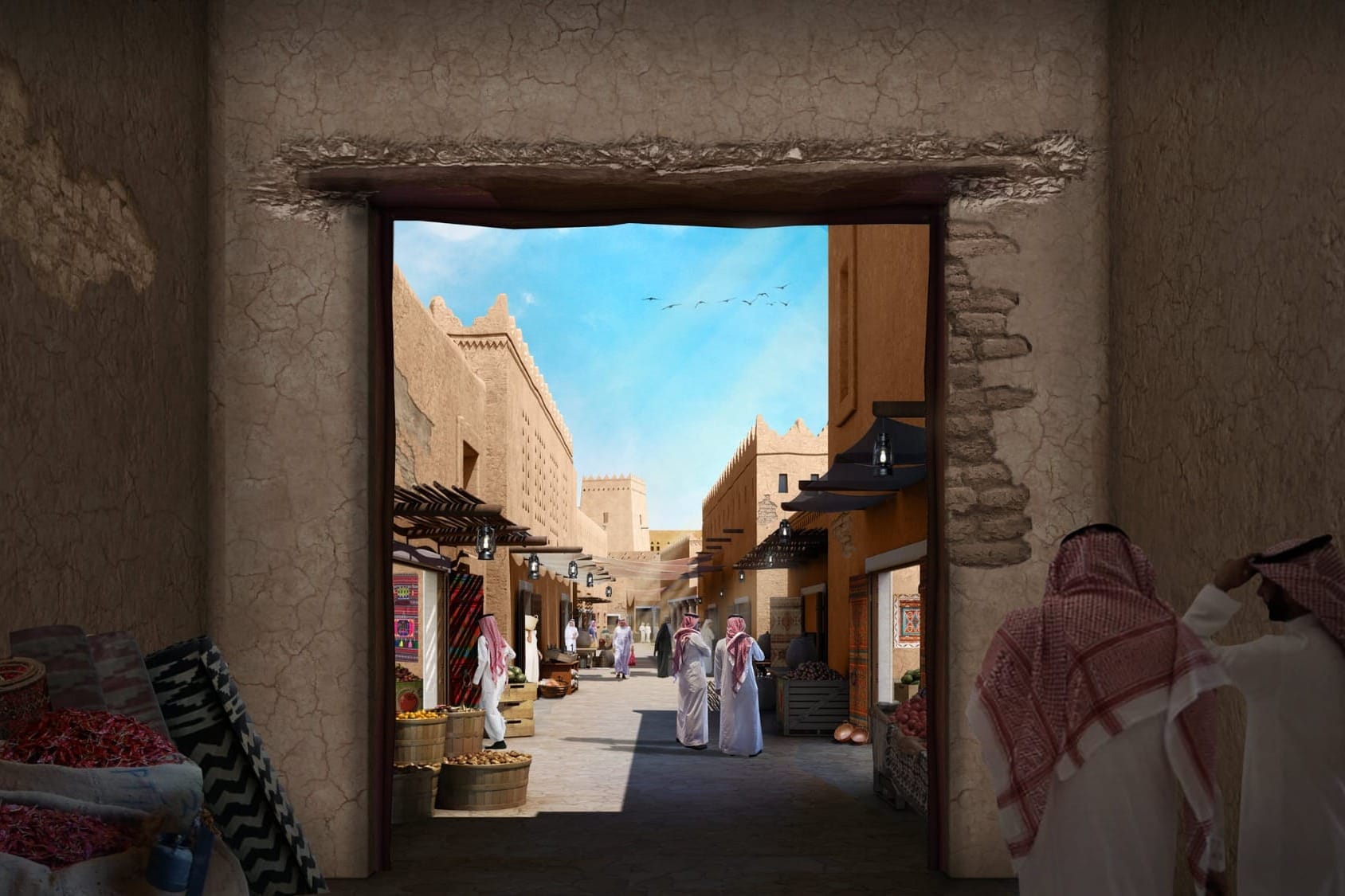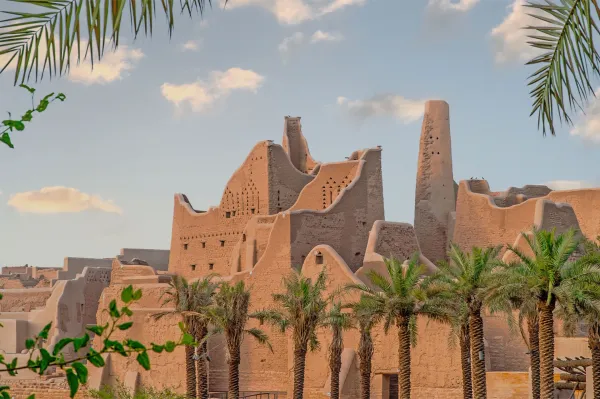Just northwest of Riyadh, the ancient city of Diriyah is undergoing a remarkable transformation. Once the cradle of the Saudi state, Diriyah is being revitalized through the ambitious Diriyah Gate project. This giga-project aims to blend the rich heritage of the past with modern developments, turning Diriyah into a global cultural and lifestyle destination.
Where Saudi History Begins
Diriyah holds a special place in Saudi Arabia's history. Established in the 15th century, it became the capital of the first Saudi state in 1727. The At-Turaif district, with its distinctive Najdi architecture, was the political and spiritual center of the region. Recognizing its historical value, UNESCO designated At-Turaif as a World Heritage Site in 2010.
At-Turaif District will be closed on May 7, 2025, for maintenance. It will reopen to visitors on May 15, 2025. Check the official Diriyah website for updates.
Today, the Diriyah Gate project aims to restore and celebrate this legacy, turning the area into an open-air museum that narrates the story of the nation's origins.
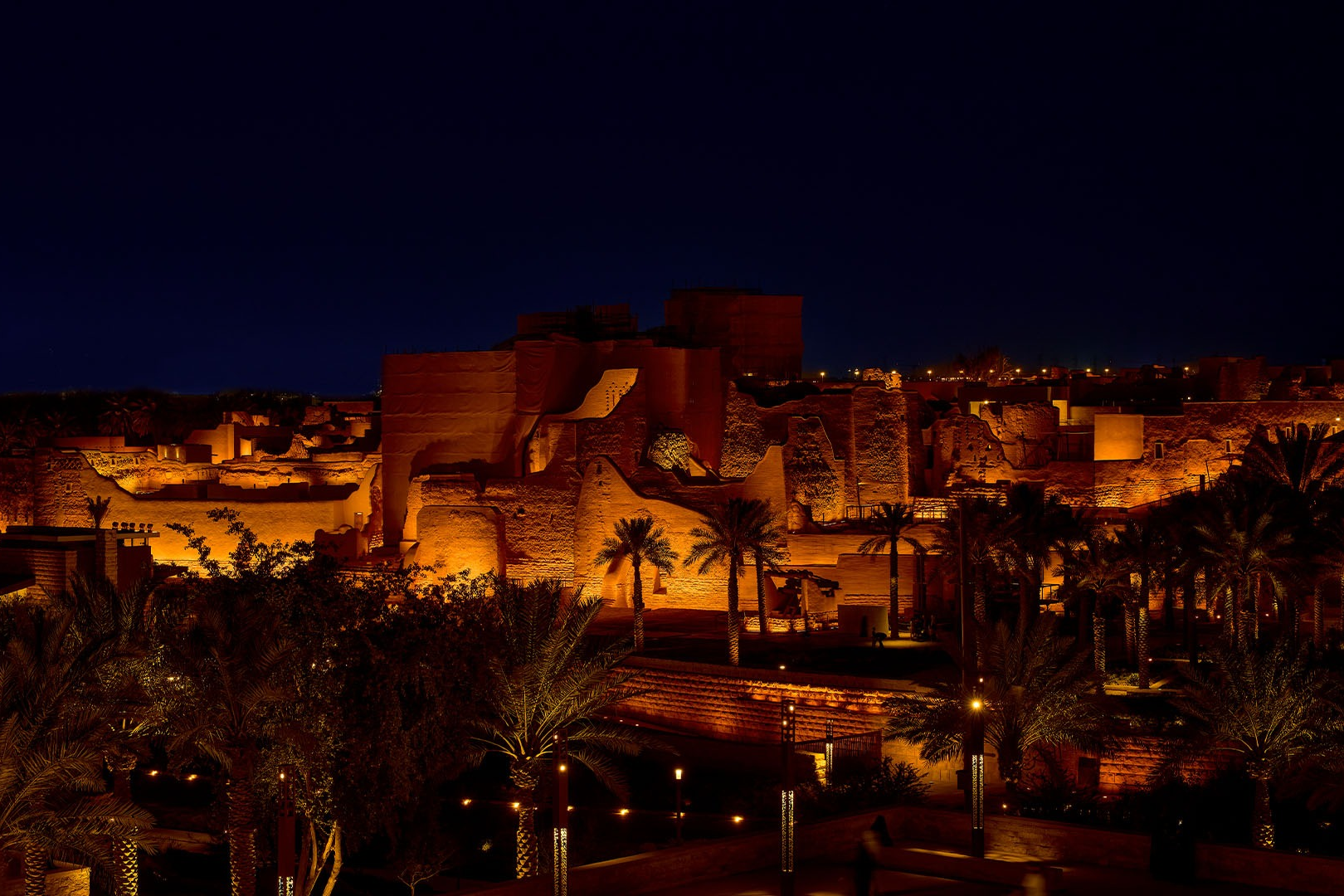
What is the Masterplan of Diriyah Gate?
The Diriyah Gate masterplan spans 14 square kilometers and includes:
- The restoration of At-Turaif and other historic areas
- Creation of 13 themed museums
- More than 20 luxury and boutique hotels
- Diriyah Square: a cultural and commercial hub
- Bujairi Terrace for fine dining and public gathering
- Education and cultural institutions
- Residential neighborhoods in traditional Najdi design
- Parks, plazas, and Wadi Hanifah's ecological revitalization
This plan envisions Diriyah as the world's largest cultural heritage city.
What’s Powering Diriyah Gate
The Diriyah Gate Development Authority (DGDA) announced a projected total investment of $62.2 billion. This includes partnerships with global hospitality, retail, and entertainment brands, infrastructure development, and historical restoration projects.
A Giga-Project in Scale: How Big Is Diriyah Really?
The Diriyah Gate development spans 14 square kilometers. The heart of the site, At-Turaif, is a UNESCO-listed area of 2.5 square kilometers. Bujairi Terrace, the dining and leisure district, covers over 15,000 square meters. The entire district will eventually host over 100,000 residents and visitors.
Diriyah’s Unmissable Heritage Sites
1. Salwa Palace
As one of the largest palaces in Diriyah, Salwa Palace extends over an area of 10,000 square meters and includes seven multi-floor residential units. It served as the royal residence and the seat of governance during the First Saudi State. The palace's architecture reflects the traditional Najdi style, characterized by its mud-brick construction and intricate geometric patterns.
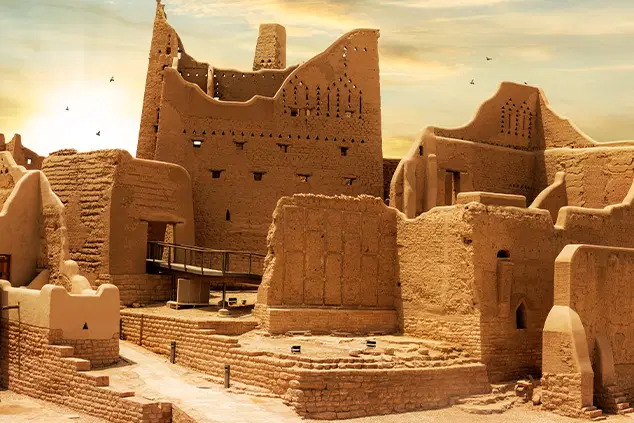
2. Bujairi Terrace
Overlooking the historic At-Turaif district, Bujairi Terrace is Diriyah’s premier dining and cultural destination. With more than 20 high-end restaurants, artfully restored Najdi architecture, and open-air courtyards, it offers an elevated experience that blends tradition with modern leisure. Whether you're sipping Saudi coffee, attending a culinary event, or simply enjoying sunset views over the wadi, Bujairi is where heritage hospitality comes alive.
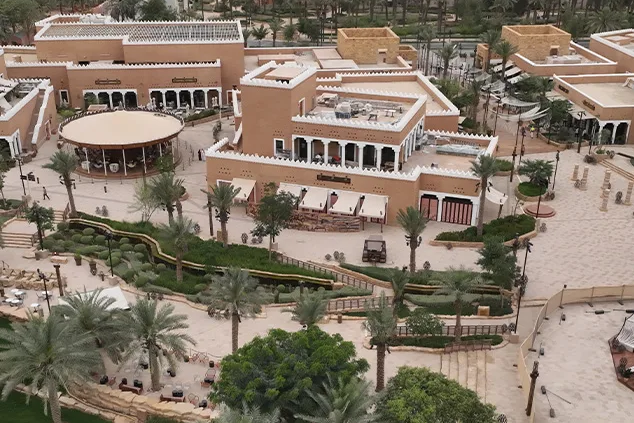
3. At-Turaif Mosque
Nestled beside the majestic Salwa Palace and overlooking the waters of Wadi Hanifa, At-Turaif Mosque stands gracefully with its mud walls and exquisite architecture. It was one of the most prominent and largest mosques in Najd during the First Saudi State and served as a hub for teaching students writing and other sciences.
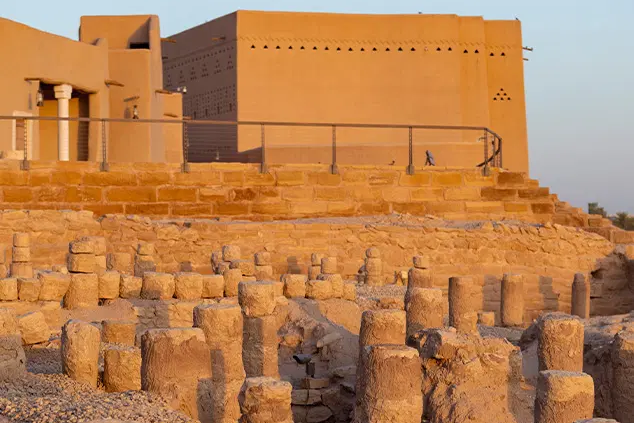
4. Imam Abdullah Bin Saud Palace
Located on the western banks of Wadi Hanifah, this palace was the residence of Imam Abdullah bin Saud, the last ruler of the First Saudi State. The palace bore witness to significant historical events, including the siege of Diriyah in 1818.
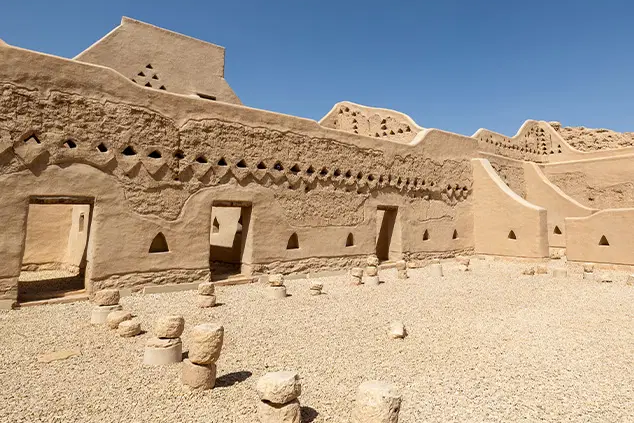
5. Sibalat Modhi
Sibalat Modhi stands as the first charitable endowment in the history of Saudi Arabia, commissioned by Imam Abdulaziz bin Muhammad bin Saud to honor his mother, Modhi bint Sultan bin Abi Wahtan. The complex included classrooms, sleeping quarters, dining rooms, storage, stables for merchants' caravans, and a mosque, reflecting the spirit of empathy and philanthropy.
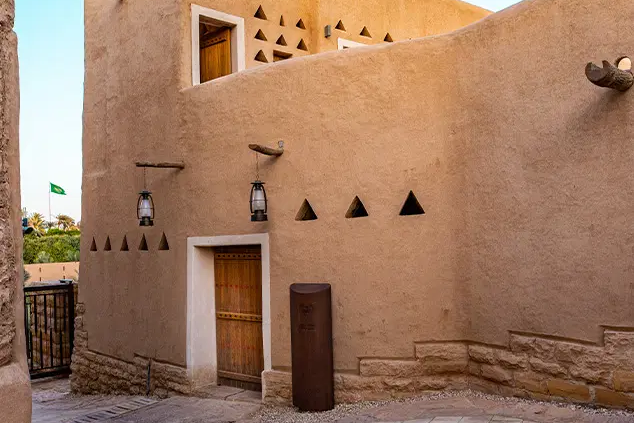
6. Ghasibah
Ghasibah is revered as the cradle of Diriyah and the first seat of governance in the kingdom's rich history. Founded in the 15th century by Prince Mani' bin Rabiah Al-Muraidi, it served as the initial settlement before the expansion to At-Turaif.
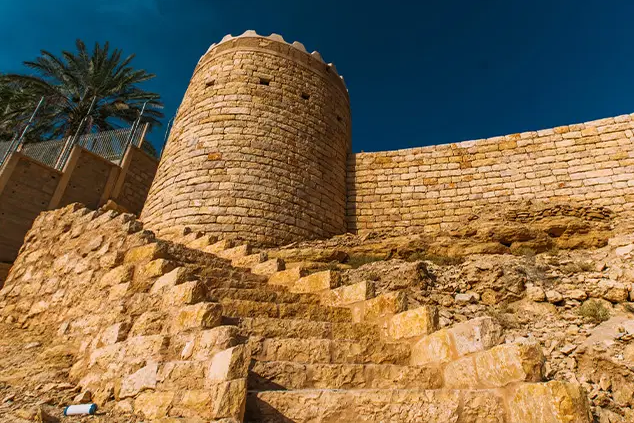
7. Mulaibeed
Mulaibeed is the second area where Prince Mani' bin Rabiah Al-Muridi and his tribe settled. Its fertile lands, skilled inhabitants, and plentiful livestock contributed to the prosperity of early Diriyah.
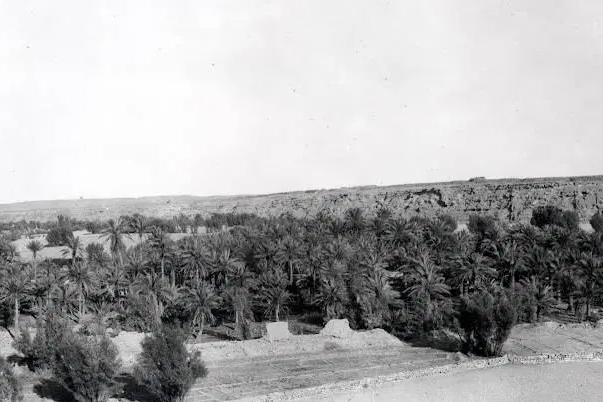
8. Al-Hawama
Al-Hawama is a traditional custom through which the locals express their joy and anticipation for the upcoming Eid al-Fitr. Children, both boys and girls, dress in their new outfits and roam the neighborhoods, singing festive songs and collecting sweets and Eid gifts from the neighborhood houses.
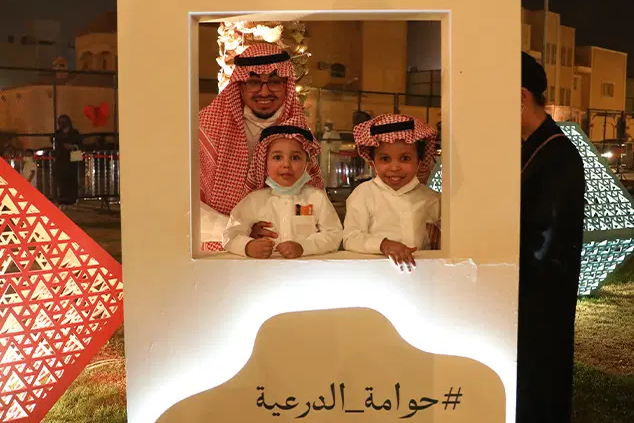
9. Diriyah Wall
Since ancient times, Diriyah has been a fortified city known for its numerous walls. After the establishment of the First Saudi State, Imam Muhammad bin Saud initiated the construction of a massive wall to protect the city from external threats.
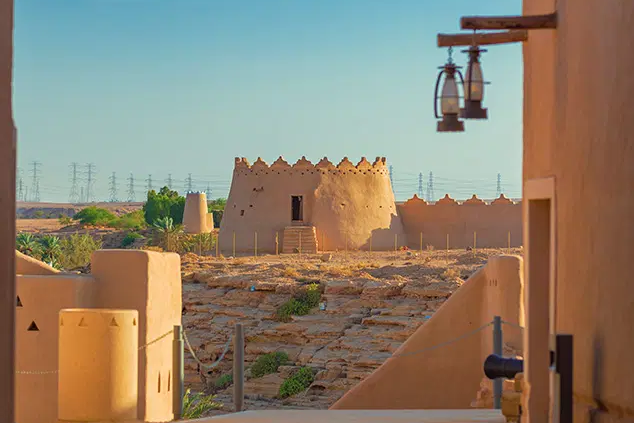
10. Wadi Hanifah
Flowing through the heart of Diriyah, Wadi Hanifah is more than a scenic valley—it’s a living reminder of the area's agricultural and ecological roots. Once a lifeline for early settlements, this verdant corridor is now being thoughtfully revitalized as part of the Diriyah Gate project. Visitors can enjoy walking trails, restored landscapes, and peaceful seating areas that highlight the wadi’s historical and environmental significance—all just minutes from the bustling city of Riyadh.
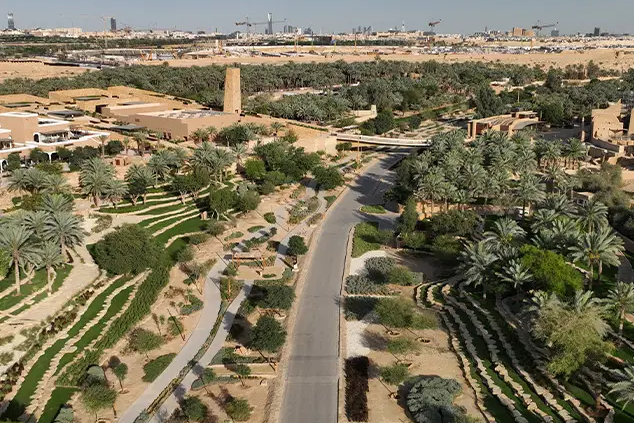
Diriyah Cultural Experiences You Can’t Miss
1. Falconry
Falconry is an ancient tradition that has persisted in Najd, consisting of training falcons to hunt. This ancient hobby was practiced by many until recent times and remains a symbol of pride and cultural heritage in Saudi Arabia.

2. Traditional Professions
Diriyah showcases various traditional crafts, including beautification, carpentry, blacksmithing, mud construction, leatherworking, weaving, palm frond weaving, leather tanning, and butchering. These professions reflect the rich cultural tapestry and the skills passed down through generations.
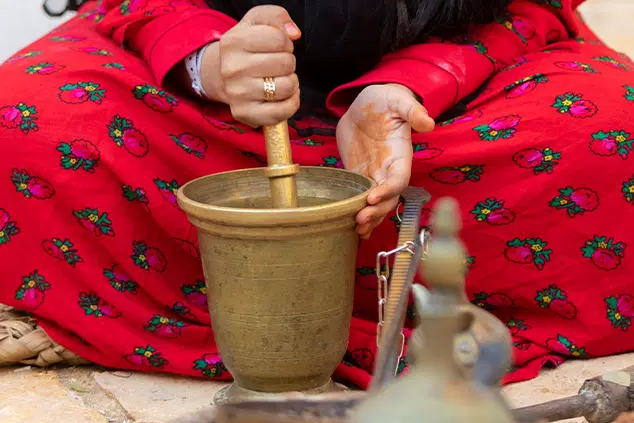
3. Saudi Coffee Experience
The Saudi Coffee Experience at Bujairi Terrace offers visitors an opportunity to savor traditional Saudi coffee, known as "Gahwa," accompanied by dates. This experience highlights the significance of coffee in Saudi hospitality and culture.
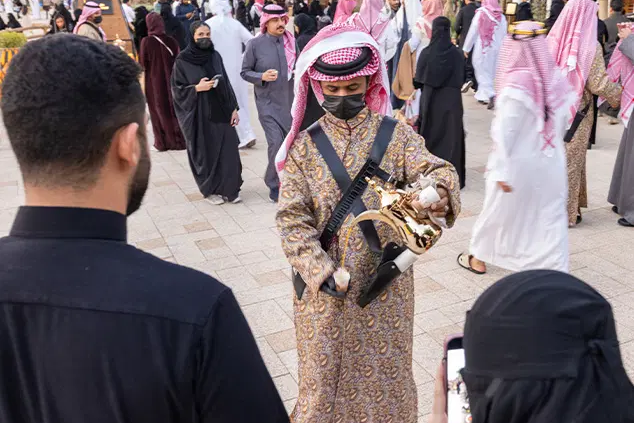
4. Traditional Games
Diriyah celebrates traditional games that have been played for generations. These games, such as Al-Howeila, involve simple materials and foster a sense of community and cultural identity among participants.
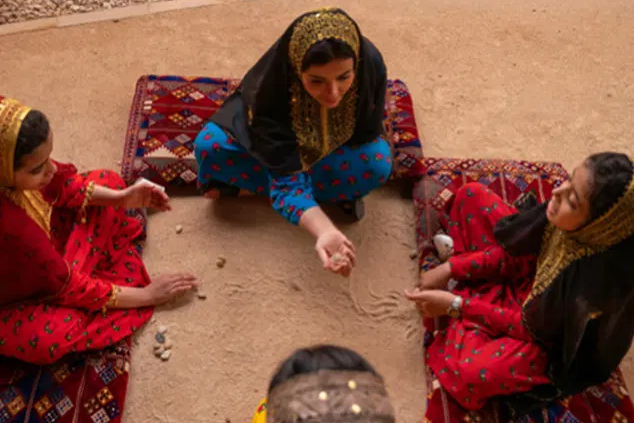
5. The Saudi Ardah
The Saudi Ardah is a traditional folkloric dance performed with swords, reflecting the martial heritage and unity of the Saudi people. The Diriyah Gate Development Authority launched the "Diriyah, Home of the Ardah" initiative in 2019 to teach and preserve this cultural art form.
What's Next for Diriyah?
- UNESCO-accredited cultural capital
- 13 cultural and heritage museums open to the public
- 20+ cultural festivals and 100+ live events hosted annually
- 38 luxury and boutique hotels across hospitality zones
- 180,000 m² of cultural and educational infrastructure, including libraries and Islamic study centers
- 1M+ projected daily visitors at full operational scale
Location, Hours, & What to Expect
📍Location
Diriyah is located approximately 15–20 minutes northwest of central Riyadh, easily accessible via King Salman Road.
🕒 Turaif & Bujairi Opening Times
- General Hours: Daily, 5:00 PM – 12:00 AM
- Museums & Events: Openings vary seasonally — check the DGDA official site for updated schedules.
- Restaurant hours may vary.
🎟️ Diriyah Access Pass
- General Admission: SAR 50
Includes access to both At-Turaif and Bujairi Terrace. Pass value can be redeemed at participating restaurants. - Children under 13: Free entry to At-Turaif
Is Diriyah Worth Visiting?
Absolutely. Diriyah isn’t just a destination—it’s a journey into the soul of Saudi Arabia. Whether you're strolling through restored mud-brick alleys, savoring Saudi coffee with views of At-Turaif, or learning about ancestral traditions, Diriyah offers a rare and enriching blend of heritage and hospitality. With world-class infrastructure and cultural authenticity, it’s a must-see for travelers, history lovers, and locals alike.
🔔 Follow RoamSaudi for expert travel guides, cultural insights, and the latest events across Saudi Arabia!

